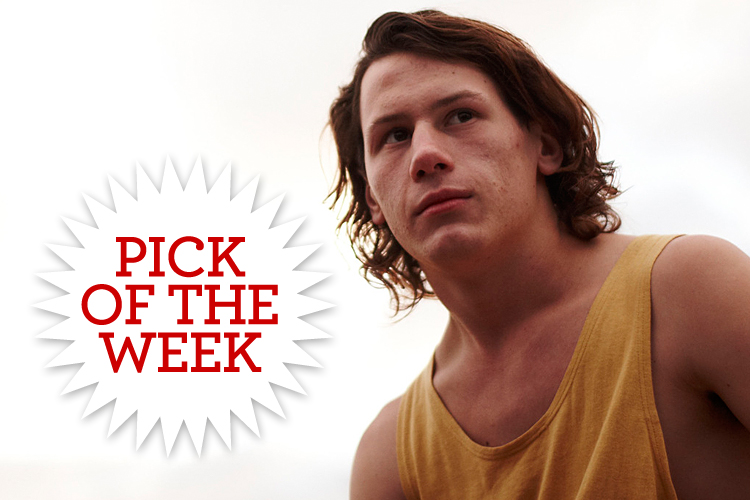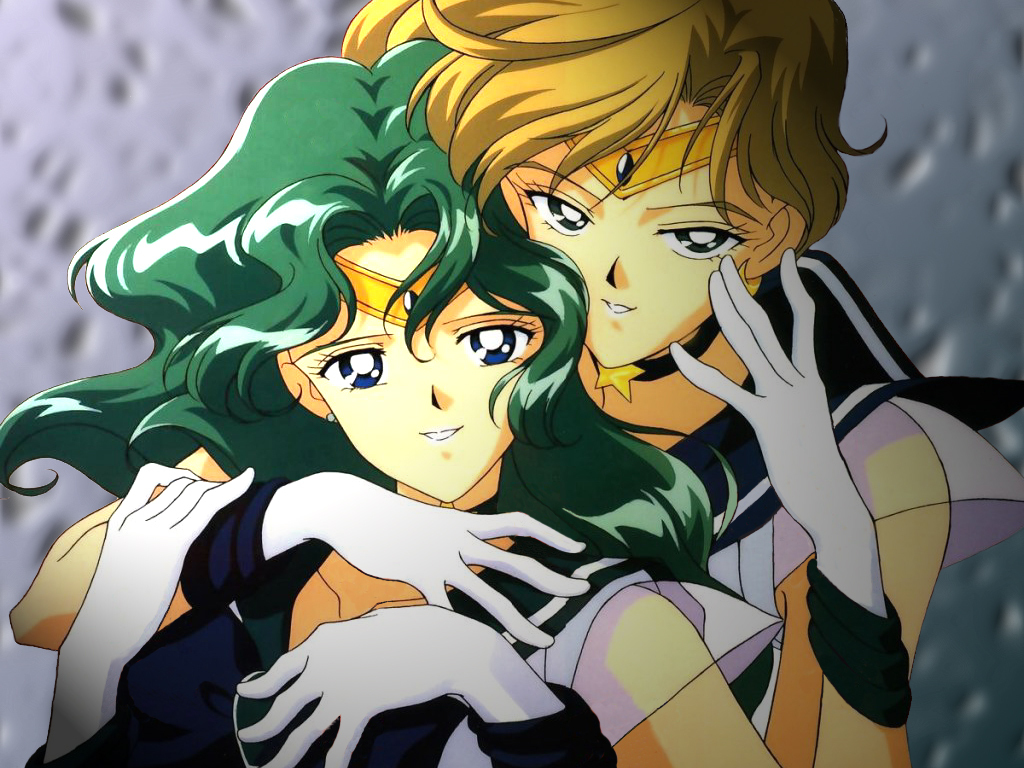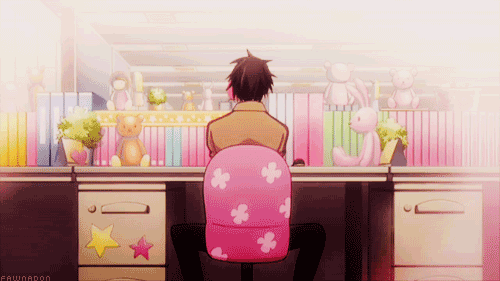




Charles Ng,Born in Hong Kong December 24th,1960 to wealthy family,obtained a student visa to attend a California university in 1980 and would leave after only a semester. He would later join the US Army after some very creative lying in order to get in. Convicted of weapons charges after stealing assault rifles while still in the Army,he would later meet Leonard Lake who become his literal partner in crime. Between the years of 1983-1985 along with Lake he committed between 11-25 murders in this two year span,however,the actual number of victims is unknown. Convicted, he currently on Death Row in San Quentin Prison. His partner,Leonard Lake, committed suicide at the time of arrest.
Andrew P. Cunanan born August 31st,1969 in a working class neighbourhood of US Naval families stationed in and around the San Diego area,he was the youngest of 4 children in the family. He was of Filipino/Italian background and his father would later abandon the family to avoid arrest related to embezzlement. Andrew was just 19 at the time. Later in the same year, he came out to his mother which resulted in a violent argument which cause him to drift until his death. He would later settle in the Casto area of San Francisco and turn tricks in high-end bars to wealthy patrons as a means to support himself. Between April 25,1997-July 24th,1997 he would go on a killing spree that resulted in the deaths of 5 people including the fashion designer,Gianni Versace,in his Miami home. Cunanan would later die of a self-inflicted gunshot on July 24th,1997. His motives for this spree are unknown.
Seung-Hui Cho born on Jan. 18th,1984 in South Korea,he would later emigrate to the US along with his family at the age of 8. While never naturalized as a US citizen he and his family received residency status while he was still a child and for all intents his was considered the average American teenager. He was diagnosed while still in middle school with what is known as selective mutism. While this claim is dubious it persists to this day if it is a valid claim due the fact that his mental health records are sealed. According to his parents this diagnoses was not correct and there is no known autism however it is interesting to note that he did in fact receive therapy for several years before entering college. After graduating high school he was admitted to Virginia Tech and according to those that knew him things were fine for awhile until writings began to surface detailing a deeply disturbed mind. The contents of these writings have never been released. On April 16th,2007 at approx 7.15 am until 9.51 am local time Cho opened fire on the Virginia Tech campus killing 32 and injured another 17 before he later took his own life. His family was horrified. However, the warning signs were there and the family wondered how he was able to obtain weapons despite his mental health. This remains one of the single worse school shootings ever recorded in the United States. He was 23.
These three are the only known Asian American serial killers in the history of the United States at the time of this writing. Because of this a film maker decided to shoot a film in relation to the rare killer in the US that is of Asian descent. Named Chink,it is not a documentary about the above mentioned freaks of the week,but, a horror/slasher film that has been making waves since it was released. Its director,Stanley Yung, decided that he was rather tired of the usual fare of Asian/Asian-American movies that feature the classic coming-of-age fare,martial arts,Gozilla etal instead he went for the first known film about an fictional Asian-American serial killer.
The plot is pretty simple and in fact it is disappointing simple with the usual racial hatred of self in the fact that he is of Asian descent along with the stereotypes that go along with it. Where the title comes from is that fact of our main lead being called said name throughout his life and with it the hate of self. He has a self-loathing of anything related to his racial identity until the day he meets the new girl in the office who happens to be from Hong Kong. Problem is he has already offed the office receptionist and the parents he hates ala his favourite serial killer who is surprisingly Ted Bundy instead of the three mentioned above. The movie is short and sweet clocking in barely at 85 minutes. It has ,also,been compared to Better Luck Tomorrow as the adult view of what could have happened to the leads in that movie if allowed to conclude the path that they were on.
The resulting film,like the freaks of the week, becomes the ultimate form of a cautionary tale of what self-loathing of identity,racial bias and trying to escape from anything and everything can result in. Despite the fact that it is a fictional tale the overtones of the actual,living,breathing and now deceased serial killers is there. The reason? Stanley Yung,director, self-admits his long standing fascination of serial killers himself and more to the point that even Asian-Americans can be serials. While it is extremely controversial film it does not seek to glamorize or even excuse the man that hates himself so much that he must kill to rid himself of his racial identity. Or rid of himself of the last of his humanity which is the point the Yung was hoping to convey. Even the title of the movie is a reference to the racial slurs our character heard growing up. It is no accident then that Yung named the movie as such.
Like Ng,Curnana and Cho that racial disconnect is apparent in the film as it is the real world. Ng could not overcome nor hope to achieve what society plus family wanted from him and as result met the one person that would send him into hell. Curnana struggled with the double of identity issues of not only being gay,but, Filipino as well with a tragic outcome. Cho devolved rapidly into madness while at university and there were signs that could have stopped it before more than 30 people would lose their lives. This is the ultimate point of the Asian pop-culture disconnect that is found in the freaks of the week as well as the movie,Chink, in that racial identity whether we want it or not plays a bigger role than first thought.
In the light of day we look at Hello Kitty,Sailor Moon,Godzilla,Japanese Lolita’s,manga and whole plenthora of other Asian related materials that we eat up in droves,however, what about those that would kill just to escape all that? What about those who hate anything and everything to do with their Asian culture that they must erase it?
The train wreck then rambles on to the next station. It rambles on past the dark movie theater playing Chink on a Friday night to scare the masses just once more. It rambles on past the freaks of the week. It has disconnected.
But. We still must stare.
Til next time..
Further readings:
http://en.wikipedia.org/wiki/Charles_Ng
http://en.wikipedia.org/wiki/Andrew_Cunanan
http://en.wikipedia.org/wiki/Seung-Hui_Cho
Chink further readings:
http://www.imdb.com/title/tt2346170/
http://www.examiner.com/article/chink-explores-the-mind-of-an-asian-american-serial-killer
http://laapff.festpro.com/films/detail/chink_2013
http://asianfilmfestla.org/2013/stanley-yung-director-chink/



























